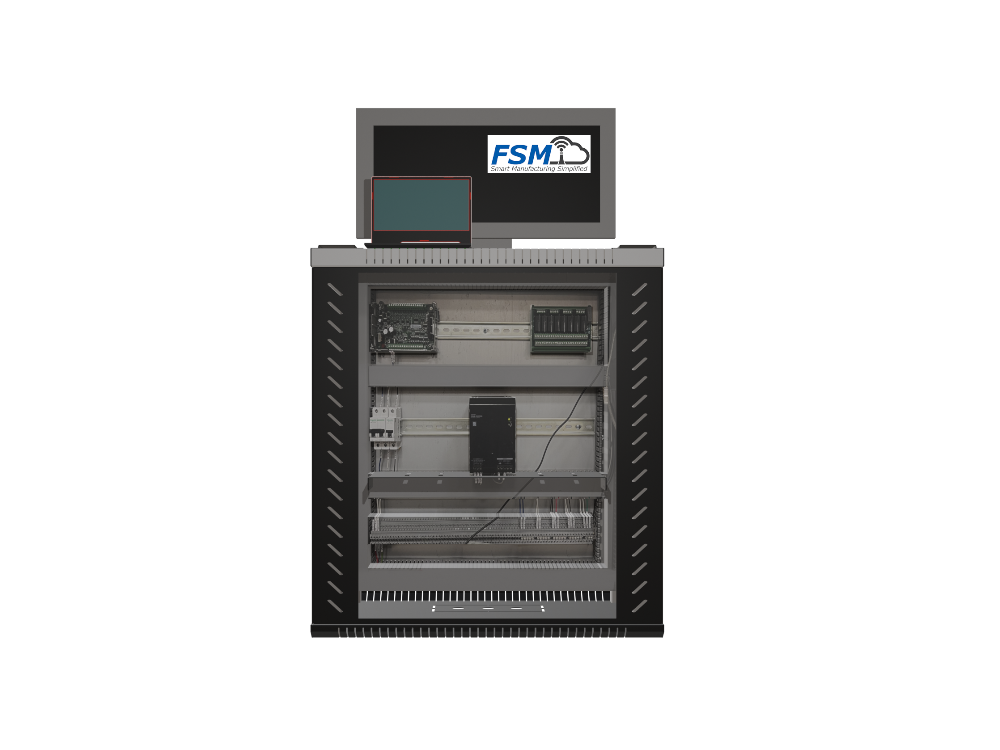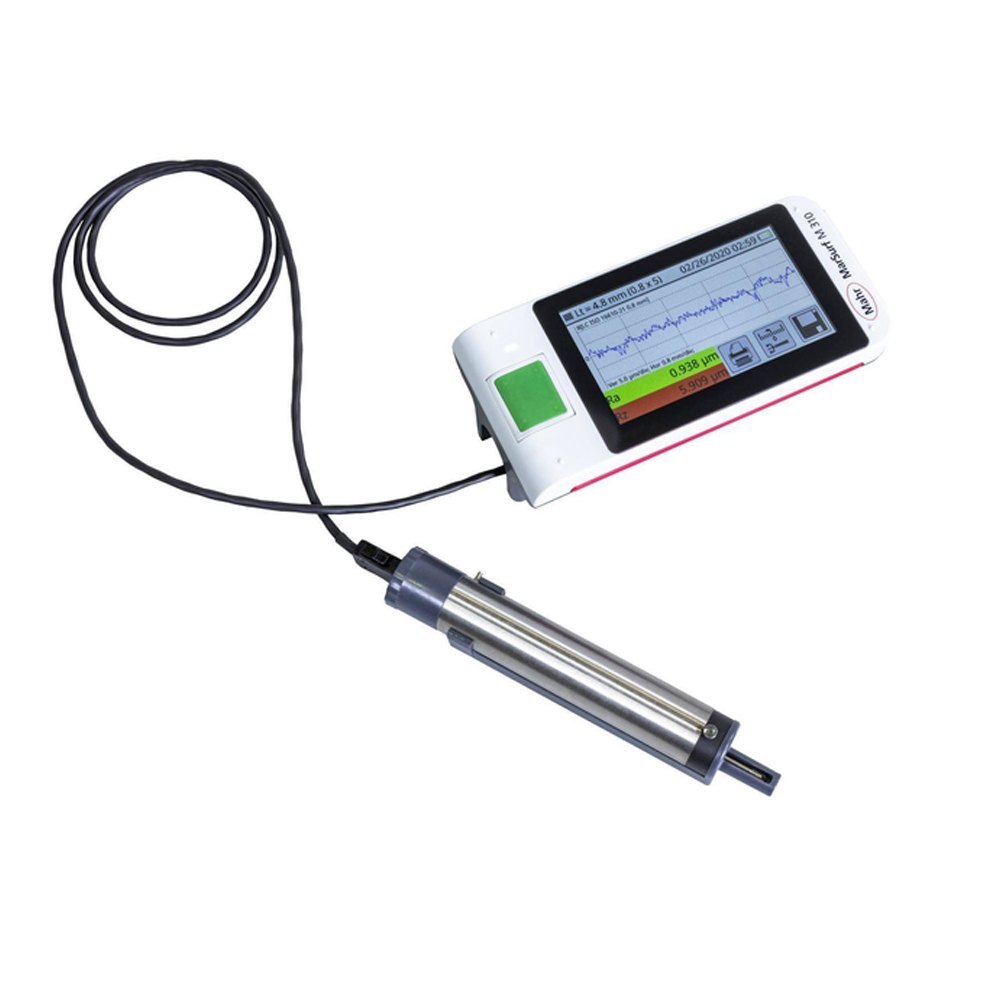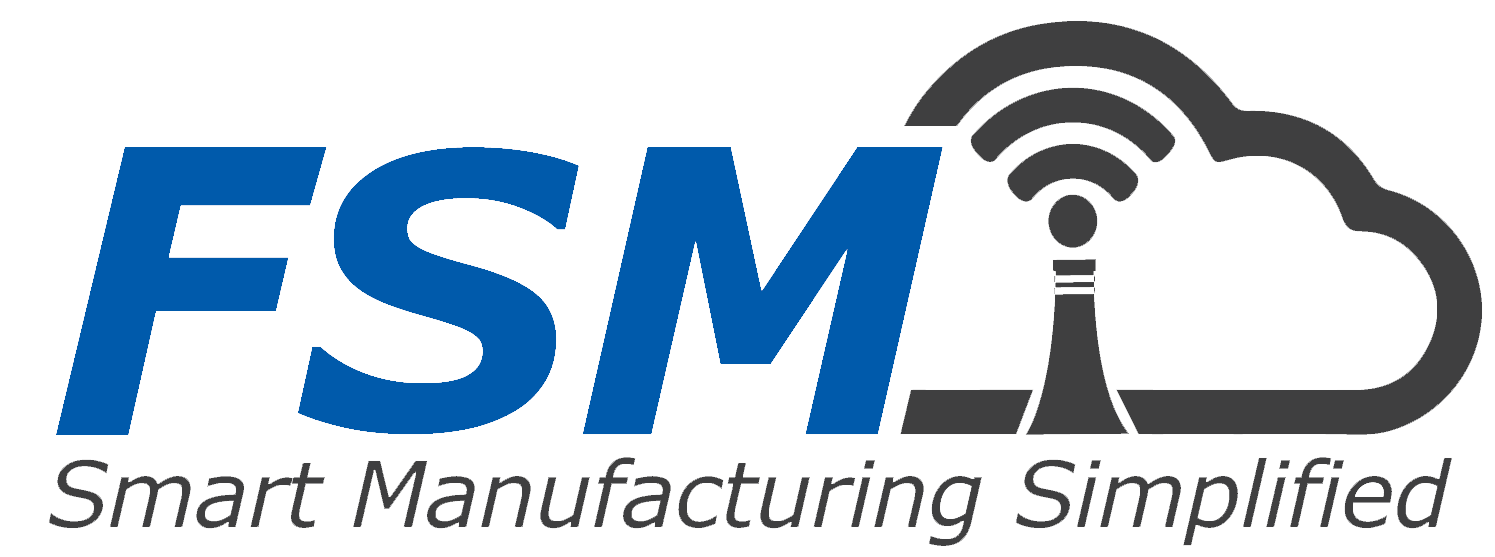Inspection Station
The Inspection Station is an advanced quality assurance setup under the IITD-AIA Foundation for Smart Manufacturing (FSM), designed to digitally validate the final product by matching it against design specifications stored in a database. The system is a paperless, IoT-enabled solution integrated with state-of-the-art metrology instruments and industrial communication protocols.
Overview of the Inspection Station
The station enables precise quality checks using a combination of surface and dimensional measurement tools. It eliminates manual reporting, thus streamlining the inspection workflow through full digitization.
Measurement Devices:
MarSurf M 310: A portable surface roughness sensor used to inspect surface finish against preset tolerances.
Mitutoyo 500-171-30 Digital Vernier Caliper: A precision tool to measure key product dimensions.
Industrial Controller:
Allen-Bradley PLC: Controls data acquisition and manages IoT connectivity through Modbus protocol.
Digitization:
No manual data entry or paper-based logs required.
All readings are matched against design tolerances stored in the central database.
Functional Zones of the Station
Measurement Area:
Product is placed here for dimension and roughness testing.Data Acquisition Module:
Captures measurements from caliper and roughness gauge via PLC.PLC Communication Hub:
Uses Modbus protocol to transmit data from instruments to the central database for validation.Evaluation Software:
Cross-checks the acquired data with stored CAD/design specifications.
Instrumentation and Integration
MarSurf M 310 Roughness Tester:
Measures average roughness (Ra) and other texture parameters.
Ensures surface quality within required tolerance.
Mitutoyo 500-171-30 Vernier Caliper:
Measures critical linear dimensions.
Digital readout integrated via PLC for automated logging.
Allen-Bradley PLC:
Handles Modbus communication.
Acts as the IoT gateway between sensors and backend systems.
IoT & Communication Protocols
The station is fully connected via Modbus-based IoT infrastructure.
Real-Time Monitoring:
Readings from both sensors are instantly processed.Centralized Database Matching:
Measurements are validated against design profiles, ensuring consistency and eliminating human error.Paperless Workflow:
No inspection sheets or physical documentation—data is recorded, analyzed, and archived digitally.



Key Technologies
Application Uses
Final product quality validation
Paperless inspection and logging
Vendor part profile matching
Industry 4.0 training tool
